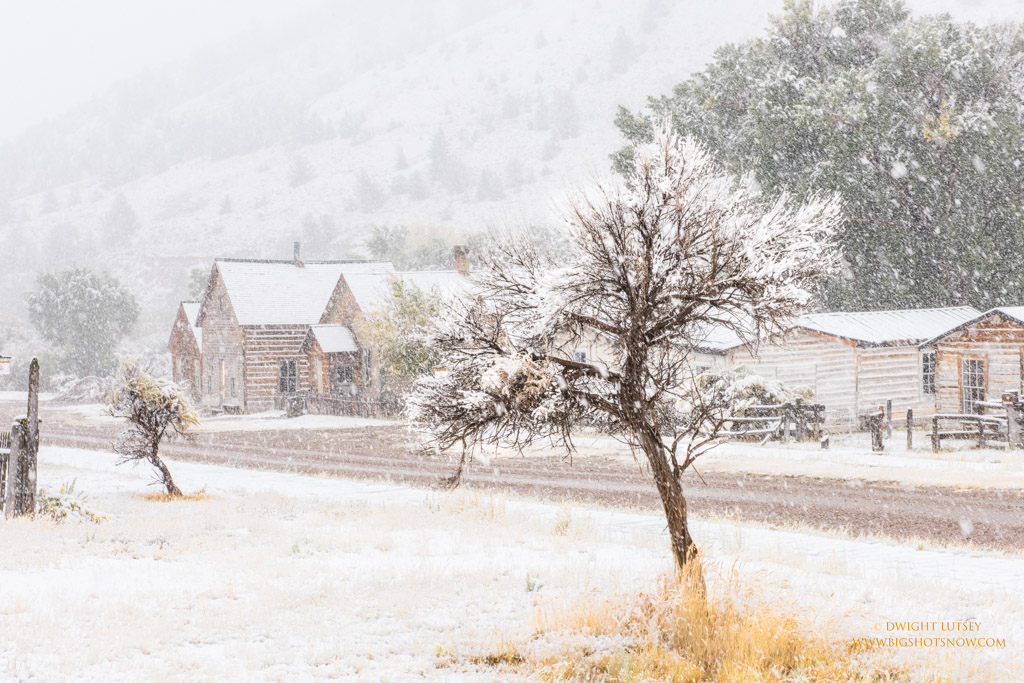
Town of Bannack, Montana, current time 2017, sister city to Mothersell, Montana. Looking down Main Street towards the East past the Spokane Mining House during an Autumn Snowstorm
This is primarily a story about Mothersell Montana, a mining town in name only most of the time. It is located on the Little Locust river eleven miles upstream from the confluence of the Little Locust river and Grasshopper creek, and is nestled into a low valley surrounded by hills containing some of the richest gold ore ever assayed.
Mothersell is similar in nature to Bannack, Montana, its sister city, which is also a mining town located six miles below the confluence of the two gold-laden water sources, but different in one major aspect. The difference will become apparent as we learn more of the town’s history. Bannack was a major player in the gold rush days being the first capitol of Montana, and a center of much of Montana’s history, but it is best known for making early miners rich as they mined and pulled gold out of Grasshopper creek at a huge rate. Those days were the town’s high point but after the gold panned out the town’s days were numbered. Folks began to move out, marching forward in the eternal quest for wealth and the better life.
Bannack still stands in a faded slightly rundown state, a mere shell of its former glory, near Dillon, Montana in the Southwest part of the state. Now a State park and tourist attraction where well meaning folk come to see what it was like to live in an early Montana mining town. The buildings, most of them now saved from certain destruction by the elements, neglect and time itself stand proudly along the towns main street and can be entered and explored at will. It offers a glimpse of what towns looked like in the mid 1860’s. The good people of Montana have seen fit to invest time and money into bringing the town back from the brink of disaster, not to mention oblivion, and should get a hardy thank you and any other kind of support one is willing to provide.
The difference between the two towns is dramatic and unbelievable if you are able to suspend belief in the story itself. Bannack is rooted in history and the present in a very tangible way. You can go there. You can walk its streets. You can enter the buildings and feel the presence of the souls of those who lived, loved and died there. Whereas Mothersell couldn’t be more different.
Mothersell exists in a place where time acts differently. It is a place where its very existence depends on your good fortune, not its own. If you are one of those people that luck has smiled upon you can stumble across the actual townsite where Mothersell is located and if you have been particularly fortunate the town will come into focus and solidify and exist as it was, or always is, if you will, and you may become a part of its life for what ever time is allotted to you.
As mentioned before time has a particular strange way of occurring here. When you enter Mothersell you leave the current world around you behind and become an active participant in its daily life. But remember, time is strange here, what may be a day or so in your other world may be a year or more in Mothersell. During that time you forget about your other existence and live instead in a golden haze of happiness and contentment. Everything you ever wanted is now available to you but only so long as you reside in Mothersell. The town itself will soon recede from its current existence and return to its place outside of your time. If you are fortunate enough to be accepted by the town you can and will remain with it and leave your old life behind you. If through some terrible act of providence you aren’t accepted, you return to your normal life except you get to keep your memories of that glorious time spent within its confines. Which you will find are both a treasure and a curse. Fate has a way of playing cruel and unusual jokes on the unwary. It’s been said “Make a plan, God needs to laugh.”
Unlike Bannack which will undoubtedly be there for you to visit for the near and foreseeable future, Mothersell is a fleeting unattainable place to revisit. Once is all mere mortals get to have and if it doesn’t work for you it is not available again. It is still there just slightly set aside on a different plane from our existence. Sometimes if the light is just right and you are paying particularly close attention you can see it floating just out of your reach, a treasure, like gold, but even more difficult to obtain.
Unfortunately cameras don’t work in Mothersell. All you get for an image is a golden glow instead. So instead images from her sister city Bannack have been used. The two towns were very close in the style of architecture and placement of their buildings so these images almost convey what it was like to be there. Of course there is no way to convey the actual beauty and undeniably wondrous presence of the town itself but for that you have to have had the most precious gift of all. Being able to have been there for awhile. Who knows, perhaps if the gods decide to take part in our lives again the town may reappear but that of course is up to them. If so I’ll be waiting.

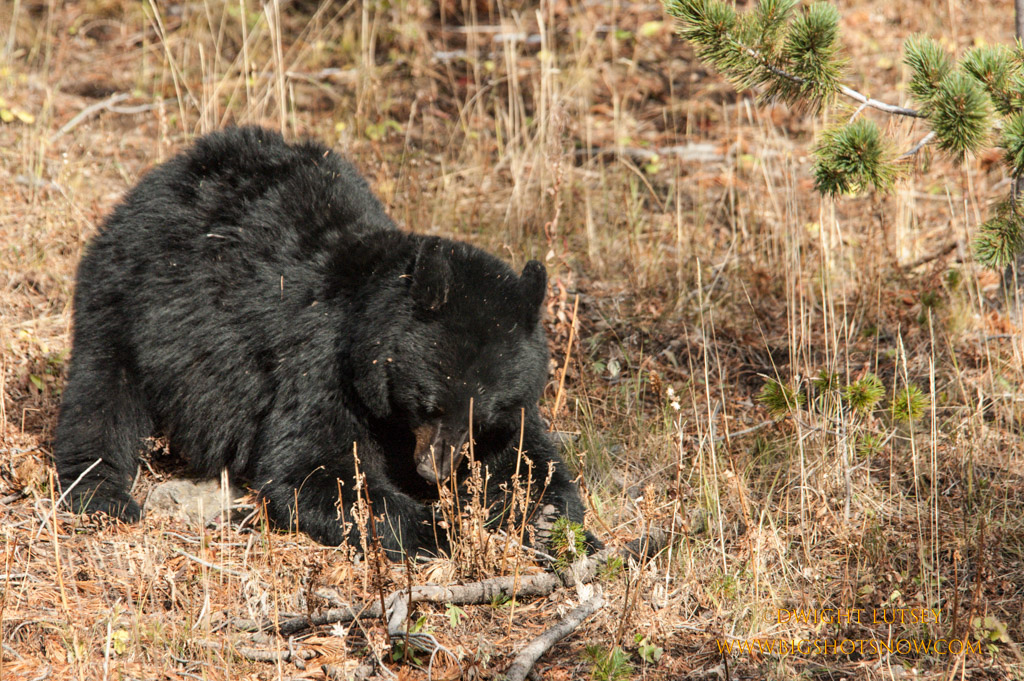
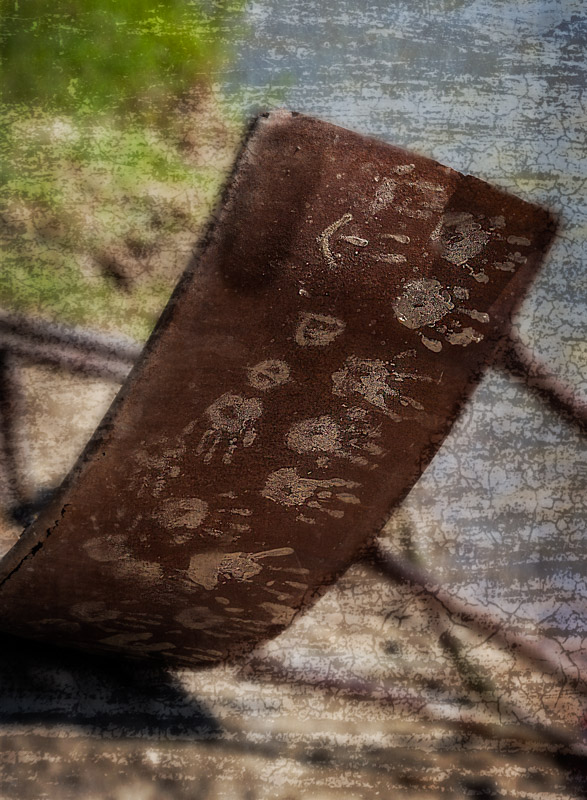
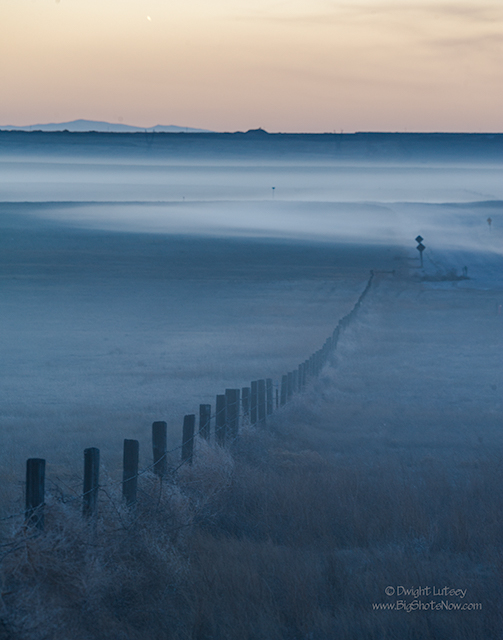
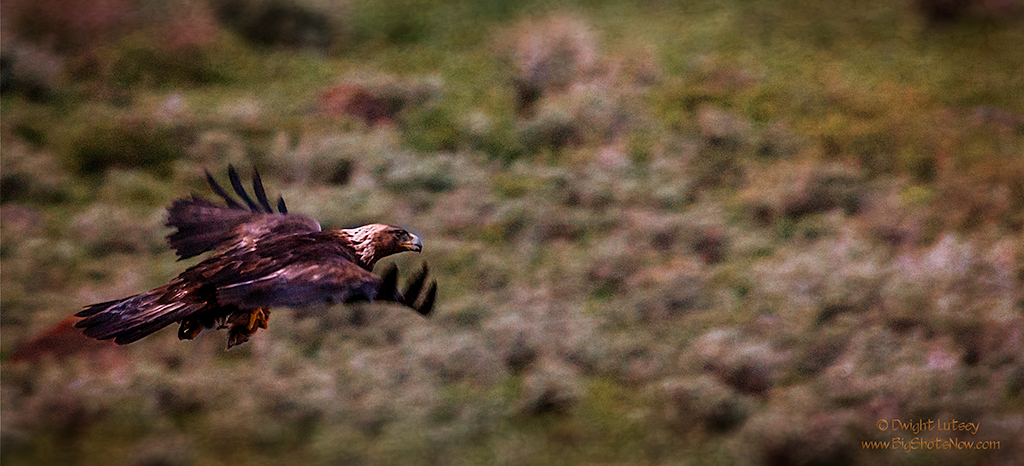

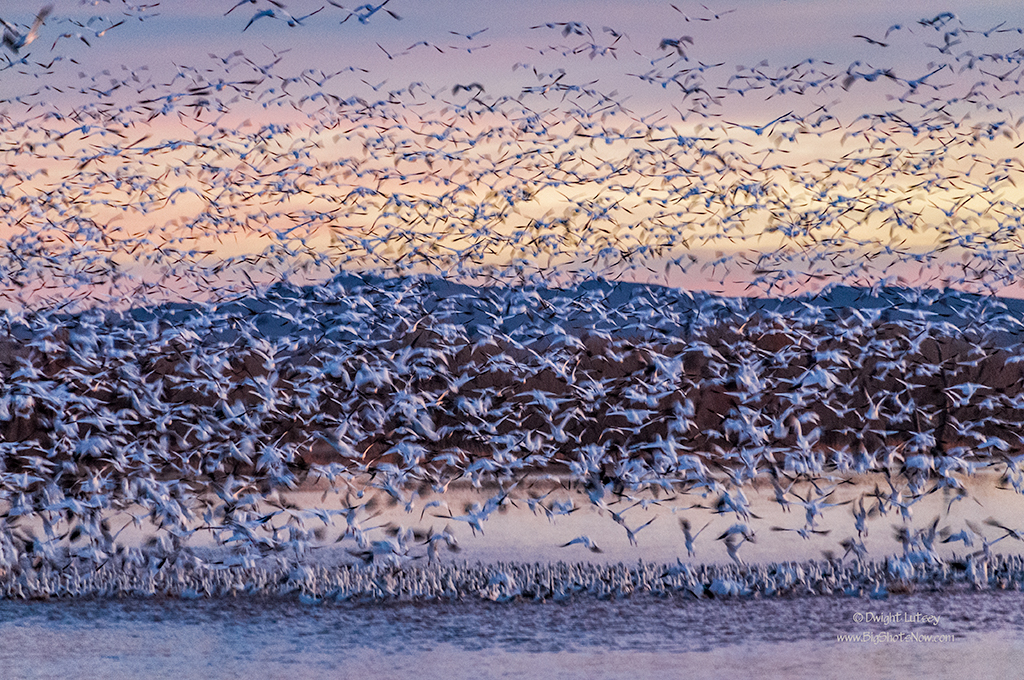
You must be logged in to post a comment.